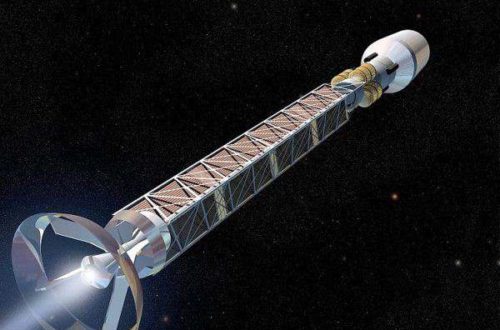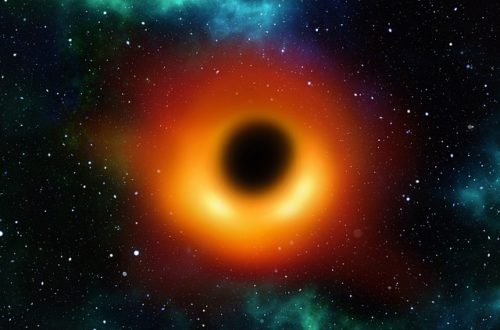Interstellar Comet 3I/ATLAS: A Rare Visitor from Beyond Our Solar System
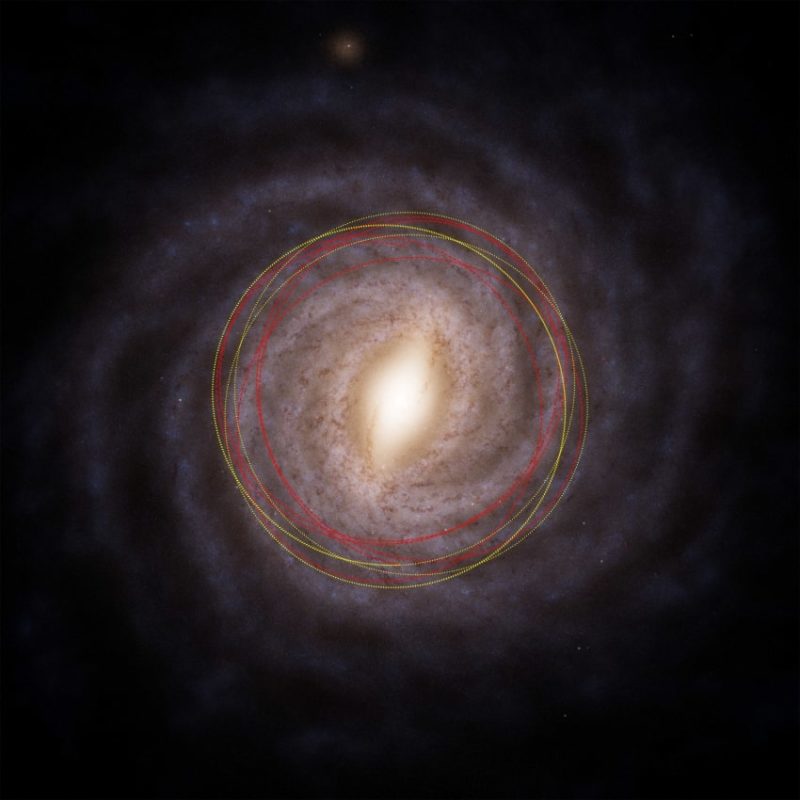
3I/ATLAS, an interstellar comet, puts interstellar space within human grasp, expanding our vision of what flows among stars and highlighting its importance for science, culture, and everyday life.
Its magnitude defies instinct. Something that traversed light years is now rushing past the sun at tens of kilometers per second, millions of kilometers per day, and just appears as a point. That contrast is the excitement.
There must be billions of unilluminated ones like it in the Milky Way, most of them invisible. Just one fleck from the abyss of space puts our pride in perspective. It flies around the Earth, forgets borders and continues.
It’s not a danger to Earth, but it does offer a rare opportunity to examine interstellar material. For scientists, 3I/ATLAS is a blessedly infrequent, data-laden interloper.
A Cosmic Visitor
Comet 3I/ATLAS is the third confirmed interstellar object to enter our solar system, following 1I/ʻOumuamua (2017) and 2I/Borisov (2019). Discovered by the ATLAS survey, which utilizes telescopes for fast scans of the sky, interstellar comets are rare compared to local ones. Each sighting sparks a vigorous worldwide pursuit, allowing us to examine material from distant star systems without ever stepping foot outside our cosmic backyard.
Discovery
3I/ATLAS was discovered on July 1, 2025, by the ATLAS telescopes in Hawaii. Immediate alerts set off rapid response follow-up with mid and large aperture facilities across both hemispheres, refining astrometry and early photometry.
The Minor Planet Center collected reports and published a provisional designation as soon as a consistent solution converged. Their first orbit determinations were hyperbolic, indicating an origin outside the Sun’s gravitationally bound population.
Trajectory
The orbit is strongly hyperbolic, with an eccentricity of approximately 6.14, confirming a one-time solar flyby. The inclination is retrograde at approximately 175 degrees, so its route travels against the flow of most planets and main-belt objects.
The perihelion will occur on the 29th of October at a distance of approximately 1.36 AU, between the orbits of Earth and Mars.
3I/ATLAS traces a remote, hyperbolic orbit that does not cross Earth’s, so it poses no risk. Earth’s trajectory with the interstellar object’s rare geometry, so near the ecliptic, gives us a clear window for months of research and collaborative tracking using different telescopes and instruments.
Relative to recent close flybys, like tiny near-Earth asteroids just tens of thousands of kilometers away, 3I/ATLAS is orders of magnitude more distant.
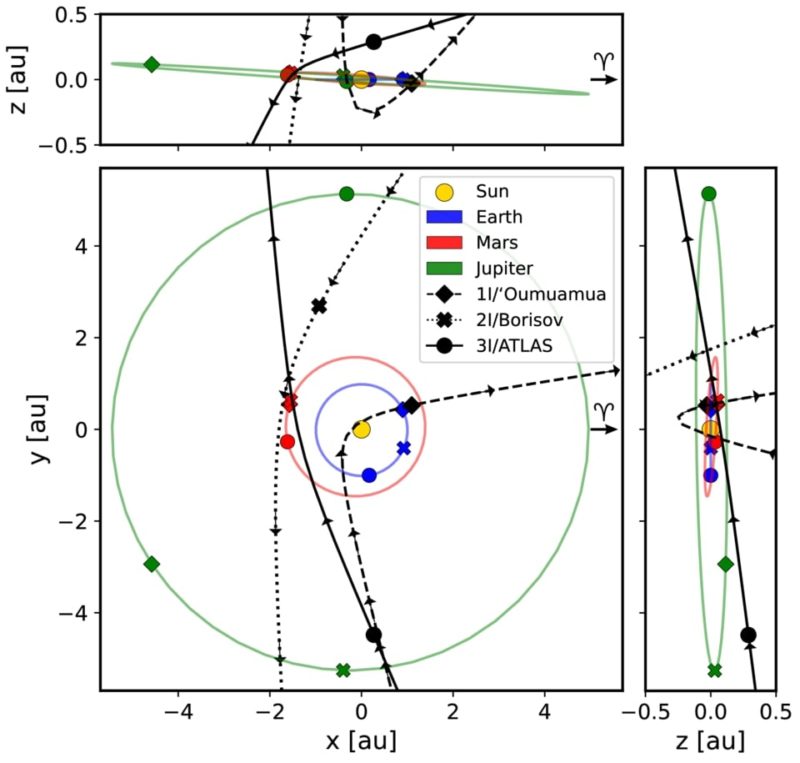
Composition
3I/ATLAS is probably packed with ices and dust, like active comets, with a faint tail betraying volatile outgassing around the Sun. Big telescopes can test CN, C2, CO, CO2, and H2O bands.
Isotopic ratios (D/H, 15N/14N) could vary from solar system values, suggesting a distinct protoplanetary disk background. These kinds of data provide a peek at chemistry from billions of years in the past.
The diameter of the comet’s nucleus is estimated between 0.32 and 5.6 km.
Velocity
Its heliocentric speed is great, roughly 58 km/s, sufficient to get away from the Sun. Gravity on its inbound leg and origin outside the Sun explain the speed.
Speeds surpass most long period comet’s. It will leave hyperbolically.
Classification
The unbound, hyperbolic orbit guarantees it is an interstellar comet. The IAU named it 3I—the third such interloper. Unlike comets tied to ellipses, it won’t come back.
Interstellar objects aren’t unique. Models predict as many as approximately seven pass within one astronomical unit every year. Certain fringe theories attribute alien craft, but proof points to natural comets or asteroids. Every new instance hones our understanding of how planetary systems produce and expel such pebbles.
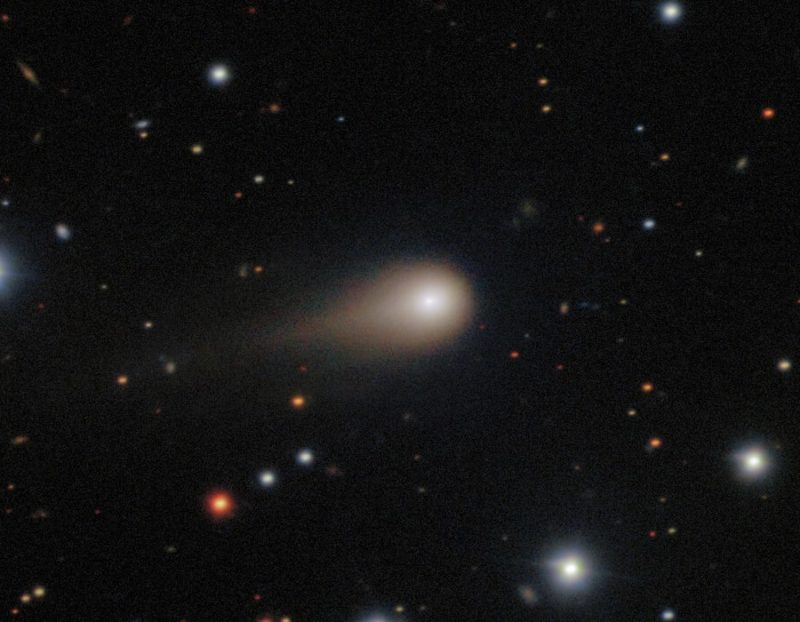
Interstellar Origins
3I/ATLAS, identified as an interstellar object, didn’t originate in the Solar System. Its hyperbolic trajectory and velocity indicate that it was probably ejected from some other star system, then wandered for billions of years in the frigid, rarified interstellar environment. This journey meant surface layers endured galactic cosmic rays, micrometeoroid collisions, and thermal cycling unique to interstellar space. Researching these characteristics assists us in investigating protoplanetary disks, cluster dynamics, and ejection physics, supporting theories about the vast population of solar system comets throughout the Milky Way.
The Evidence
The key is its hyperbolic orbit with an eccentricity greater than one, which cannot be bound by the sun and indicates the opposite. Its extremely high inbound velocity, well above normal long-period comet speeds, is suggestive, as is an inclination that does not line up with planetary planes, meaning it had no origin in the Kuiper Belt or Oort Cloud.
- Hyperbolic excess speed (v∞) inconsistent with planetary scattering
- Incoming bright close to a fixed sky point, not a sun-family source area.
- Non-cometary activity patterns and delayed outgassing occur at large heliocentric distances.
- Unusual color/reflectance vs. known comet taxonomies
- Spin and light-curve amplitude state imply shapes uncommon among indigenous bodies.
- Trajectory not traceable to past solar encounters
3I/ATLAS is coming from the area of Sagittarius, near the Galactic Center line of sight. That doesn’t show origin, but it is consistent with compact star clusters in which ejection rates are elevated.
The Implications
Every interstellar interloper is a precious specimen from another system. Only three have been verified traversing the Solar System, out of countless bodies wandering interstellar space.
3I/ATLAS might encode chemistry—ices, organics, refractory blend—and morphology hints that correspond to its birth zone and launch trajectory. These data hone models of planet formation, disk truncation, migration, and cluster interaction, and could reveal whether streams of related objects exist. Millions of such streams probably intersect, like tangled ribbons, and future surveys may identify “siblings” from a single star.
It is estimated that some 60 interstellar objects are present on average within Jupiter’s orbit at any given time, along with approximately eight bound captures. If we get to hundreds of detections, origin tracing gets better and panspermia tests become more precise. These bodies could shuttle organics or even prebiotic seeds between worlds.
Conclusion
Interstellar comet 3I/ATLAS stands as a vivid reminder that the universe is not isolated by stars but woven together by motion and matter. Each interstellar visitor expands our grasp of cosmic origins, revealing how planetary systems form, evolve, and share their ingredients across light-years.
Though it will soon vanish into the dark again, 3I/ATLAS leaves behind data, wonder, and a renewed awareness of how deeply the Milky Way connects us to distant worlds.
Frequently Asked Questions
What is 3I/ATLAS?
3I/ATLAS, an interstellar comet discovered by ATLAS, signifies it’s the third known interstellar visitor, following 1I/’Oumuamua and interstellar comet 2I/Borisov, taking a hyperbolic trajectory that proves it isn’t sun-bound.
How do we know 3I/ATLAS is interstellar?
Its hyperbolic orbit (eccentricity greater than 1) suggests that this interstellar object 3i is not bound by the Sun’s gravity, with an entry velocity from deep space exceeding typical solar system comets.
Why does 3I/ATLAS matter to science?
Interstellar objects, like interstellar comet 3I/ATLAS, transport unadulterated material from distant star systems. By studying these interstellar interlopers, we gain unique insights into planetary formation, chemistry, and dust processes beyond our Solar System.
Is 3I/ATLAS a threat to Earth?
It’s on a trajectory that currently poses no impact risk, keeping it safely away from Earth. Astronomers utilize different telescopes to revise orbital solutions as new observations from the interstellar comet 3I/ATLAS come in, further reducing uncertainty.
Will 3I/ATLAS change Earth’s trajectory?
No. Its mass and separation are too low to perturb Earth’s orbit, making gravitational effects insignificant in astronomy.
Would you like to receive similar articles by email?




